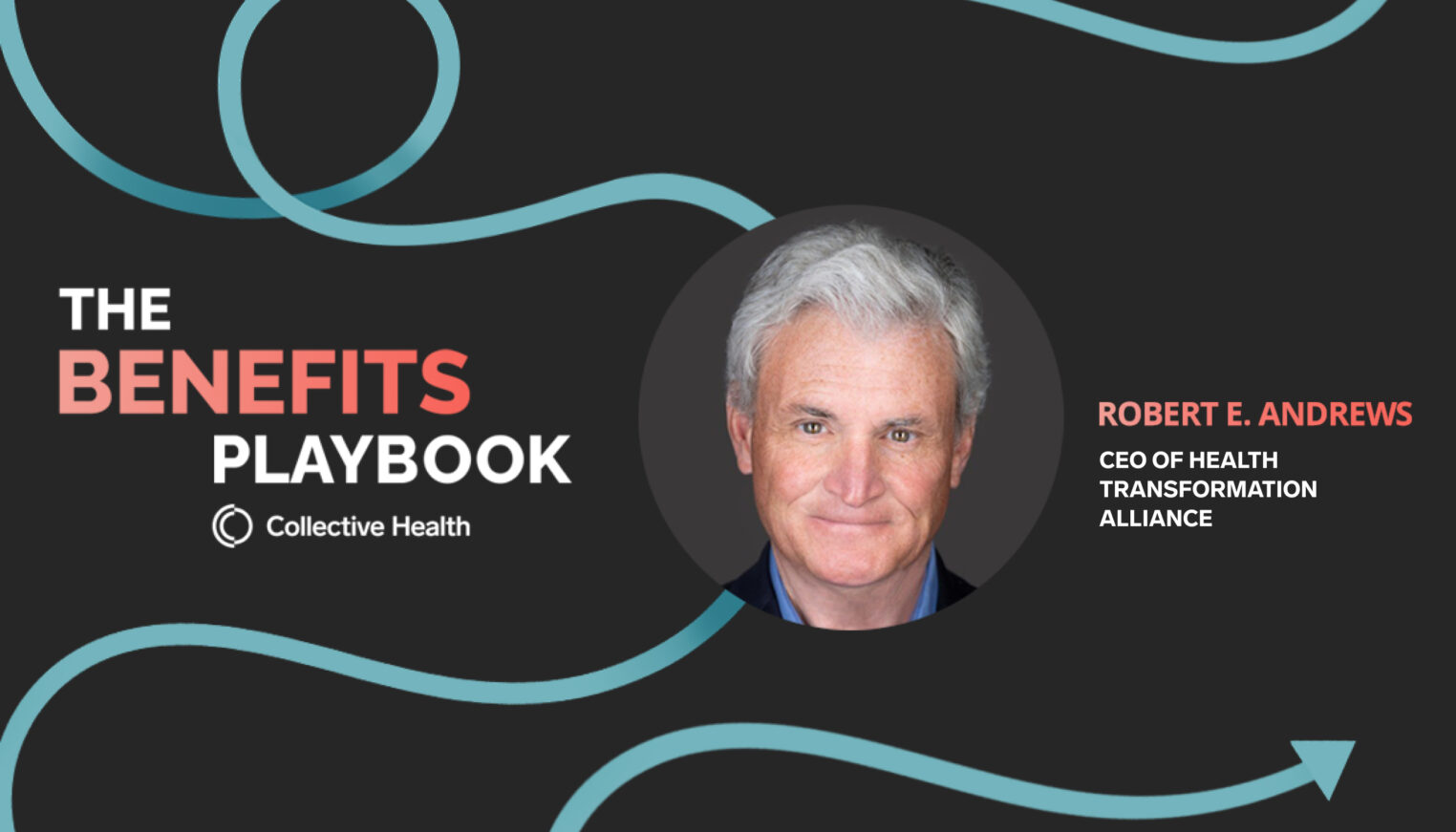It’s no surprise that this last year has been extremely challenging for employees when it comes to stress and burnout, but opening his discussion at Together 2021, Dr. Jeff Pfeffer, author and professor of organizational behavior at Stanford University, helped to really put things into perspective with some recent sobering statistics:
- 76% of all U.S. employees are experiencing burnout
- 70% of people in the global workforce say that this has been the most stressful 12 months of their lives
- 57% say worries about COVID have been a contributing factor
- 33% say worries about political issues have been a contributing factor
“Prior to COVID, there was growing antidepressant use, but the pandemic has made everything worse,” Dr. Pfeffer said. “And in addition to COVID, this has been such a hard year with violence against African Americans, with violence against Asian Americans, and just a snotty level of political discourse.”
With a multitude of factors impacting employee stress and overall wellbeing, it’s clear employers need to figure out ways they can support their people. While Dr. Pfeffer noted there are a plethora of specific behavioral health solutions to choose from, he offered some more high-level strategies employers can take to effectively combat stress within their workforces and build a culture of health.
We summarized his advice below:
- Understand where your employees are at through measurement.
In order to improve the wellbeing of your workforce, you have to be able to measure where your employees are at and your progress. Many employers are providing surveys to their employees on health and wellness, but in addition to providing surveys, employers need to take the results seriously, and take action. You need the same robust measurements for health and wellbeing that you have for things like employee loyalty and customer loyalty. Some of the standardized measurement tools you can look into include The Gallup-Sharecare Well-Being Index and Maslach Burnout Inventory™ (MBI). - Make employee health and wellness a strategic priority for your organization, starting at the senior management level.
Your human capital is as important to your performance as the health and wellbeing of players on the Golden State Warriors or the San Francisco 49ers is to the performance of those organizations. Health and wellbeing impact your bottom line, and there’s a ton of research to support that: unhealthy people are more likely to miss work, more likely to not do their best when they’re at work, and are more likely to turn over. If you’re concerned about turnover, employee engagement, or productivity, you want to keep your people at their physical and mental best. - Provide social and behavioral health support for your employees.
The simplest and most cost-effective thing for employers to do is to provide social support for your employees and to signal, in a variety of different ways, that you care about how they’re feeling. Nothing is more important than demonstrating that you care.Consider investing in behavioral health solutions. For the most part, employers have under-invested in their employees’ well being because the day-to-day costs of adding a behavioral health benefit are immediately visible, while the costs of disengagement or missed work days aren’t. It’s pennywise and pound foolish because behavioral health predicts cancer, heart disease and diabetes. Research has demonstrated there is a strong relationship between mental health and physical health.
For more information on combating stress and burnout, you can check out Dr. Pfeffer’s full talk at Together on-demand here.



